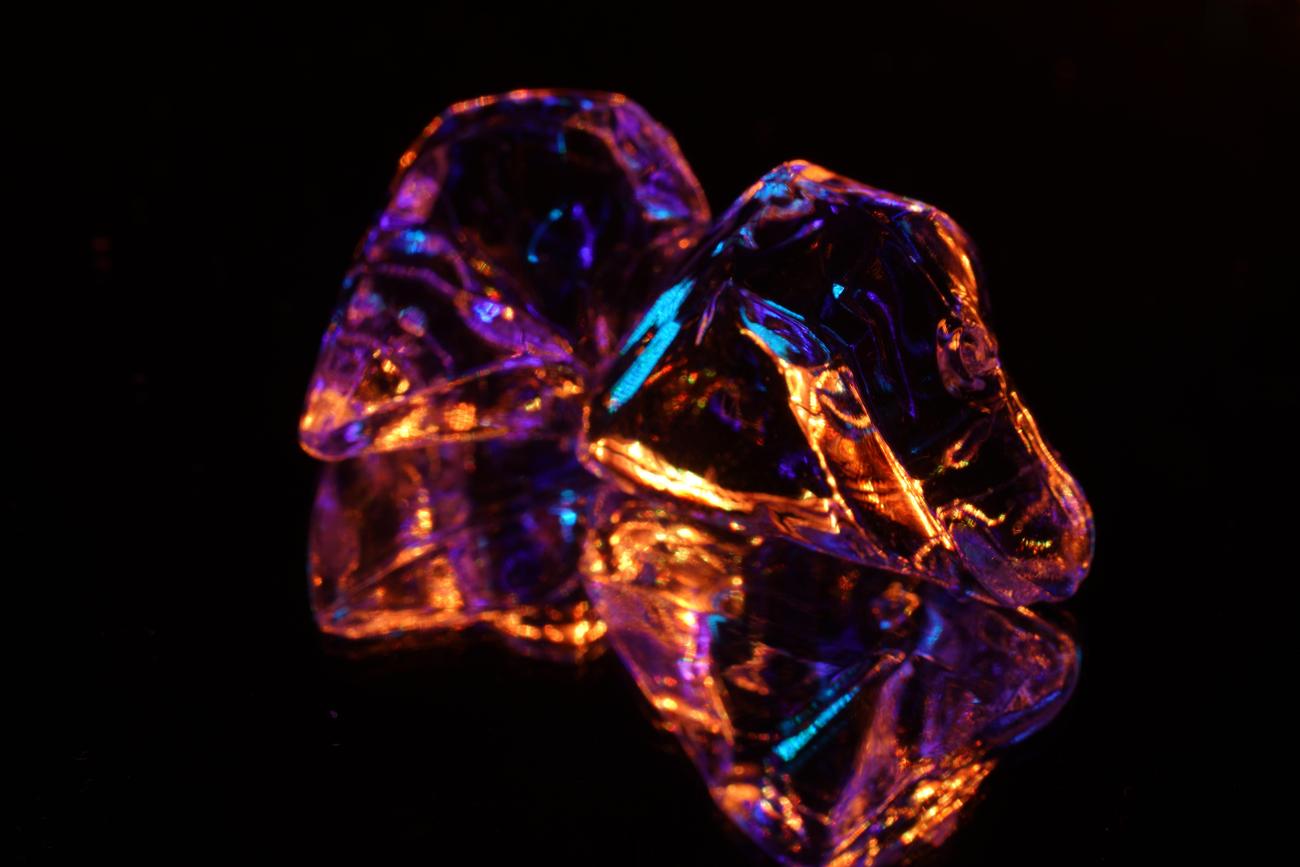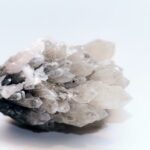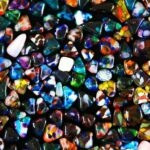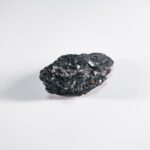Are you ready to explore the fascinating world of gemstones from a scientific perspective? Join me on a journey as we unveil the hidden secrets and delve into the enchanting scientific facts surrounding these precious gems. As an experienced gemologist and geologist, I have dedicated my career to studying the geological formations and physical properties of gemstones. With a keen eye for detail and a deep understanding of the scientific processes behind their creation, I am excited to share with you the intricate molecular structures, crystal formations, and optical properties that make gemstones truly extraordinary. So, prepare to be amazed as we unravel the scientific wonders that lie within these precious treasures. Welcome to the captivating realm of scientific facts about gemstones.
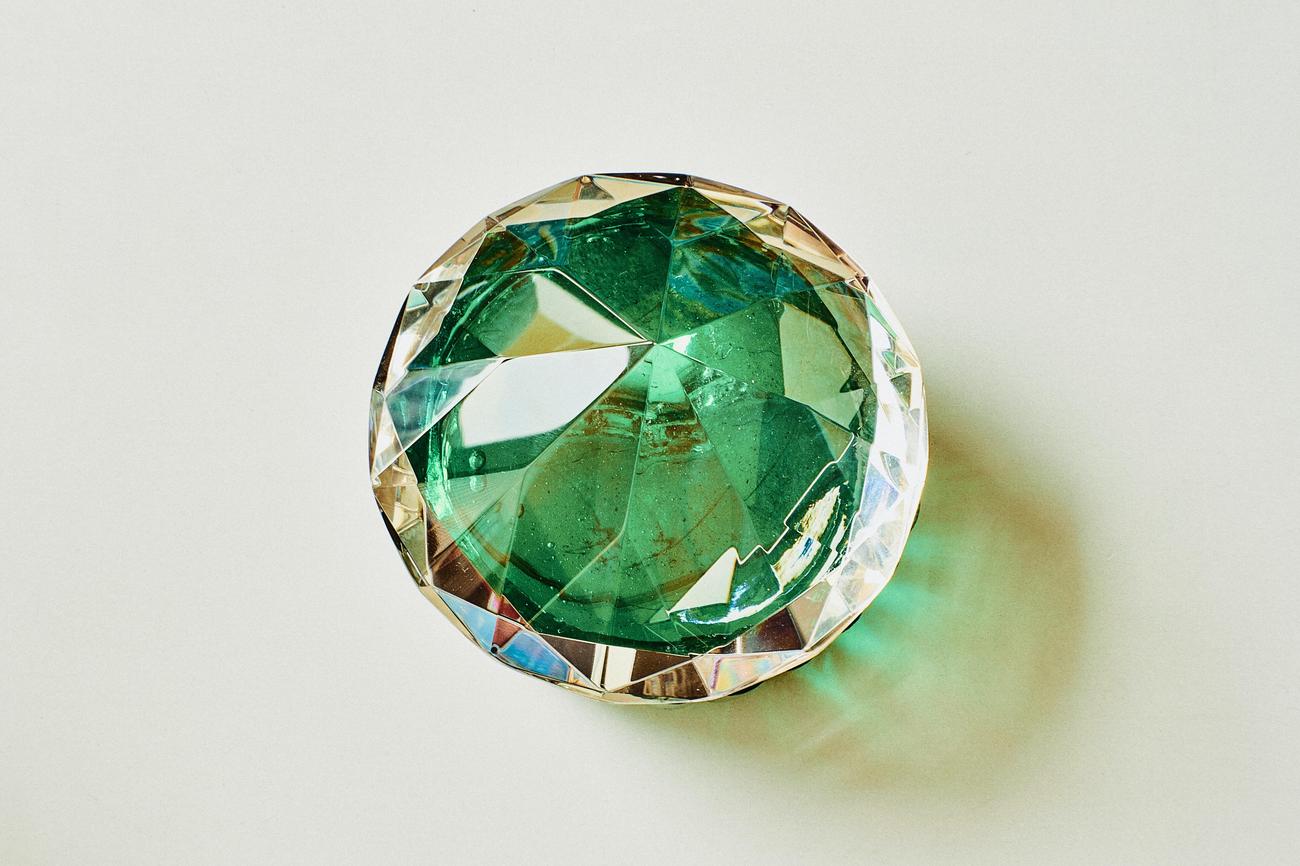
Scientific Facts About Gemstones: A Geologist’s Perspective
Gemstones have always fascinated humanity with their beauty, rarity, and mystical qualities. As a geologist and gemologist, I have delved into the scientific world of these precious stones to uncover some fascinating facts. Let’s embark on a journey to unveil the scientific secrets hidden within gemstones.
The Carbon Brilliance of Diamonds
Diamonds, the epitome of elegance and durability, have captured our hearts for ages. And did you know that they are the hardest natural substance found on Earth? It’s mind-boggling to think that these dazzling gems are made entirely of carbon atoms. Under immense pressure and heat, carbon atoms bond together in a unique crystal lattice structure, creating the exceptional hardness that sets diamonds apart from other gemstones.
These carbon structures also give diamonds their unparalleled brilliance. Light that enters a diamond is expertly refracted and reflected from one facet to another, resulting in the magnificent sparkle we all admire. This scientific phenomenon, known as total internal reflection, is responsible for the mesmerizing play of light within a diamond.
Key Point: Diamonds, with their crystal lattice structure and carbon composition, possess incredible hardness and a brilliant sparkle through the process of total internal reflection.
The Alluring Orchestration of Ruby’s Corundum
Rubies, renowned for their striking red hue, contain a mineral called corundum. But what makes corundum so special? It’s actually composed of aluminum oxide, a combination of aluminum and oxygen atoms that come together to create a symphony of colors within a ruby. Traces of chromium or iron impurities determine the shade of red, ranging from vibrant to deep blood-red.
The intricate crystal lattice structure of corundum contributes to the gem’s exceptional durability, making it the second hardest mineral after diamonds. This scientific combination of elements and crystal structures gives rubies their timeless allure.
Key Point: Rubies, formed of corundum composed of aluminum oxide, enchant us with their vibrant red hues and remarkable durability due to their crystal lattice structure.
Emeralds: Nature’s Artistry in Beryl
When it comes to emeralds, their breathtaking green color steals the show. These remarkable gemstones are formed from a mineral called beryl, which is a complex mix of beryllium, aluminum, silicon, and oxygen. It’s this precise combination of elements that gives emeralds their captivating green shade.
But why are emeralds often associated with inclusions? The formation process involves various geological forces and conditions, such as heat and pressure, that contribute to the growth of flaws within the gem. These inclusions, known as “jardin” in the world of emeralds, are like nature’s brushstrokes, adding character and uniqueness to each gemstone.
Key Point: Emeralds, formed from beryl with a complex mix of elements, possess captivating green hues and charming inclusions that make each gem truly one-of-a-kind.
The Timeless Beauty of Gemstones
One of the most fascinating aspects of gemstones is their age. These treasures of the Earth have been formed over millions to billions of years, reflecting the transformation of our planet throughout its history. The creation of gemstones involves intricate geological processes, including heat, pressure, and the interaction of various chemical elements.
As technology has advanced, scientists have developed more accurate dating techniques, allowing us to determine the age of gemstones with greater precision. This improved understanding of their formation and age provides us with a deeper appreciation for the timeless beauty encapsulated within these precious stones.
Key Point: Gemstones, formed over vast periods of time through geological processes, represent the stunning history and evolution of our planet. Advancements in dating techniques enable us to unravel their age with greater accuracy.
The Organic Marvel of Pearls
While most gemstones are formed through geological processes, pearls are a shining exception. These lustrous orbs are created by living organisms, specifically mollusks, in a fascinating and continuous process. When a foreign object, like a grain of sand, enters a mollusk’s shell, the organism responds by secreting layers of nacre around the irritant. Over time, these layers build up, forming a beautiful pearl.
This natural process, known as pearl formation, occurs in both saltwater and freshwater environments, making pearls one of the few gemstones with an organic origin. The mesmerizing luster and delicate hues of pearls make them a timeless symbol of elegance and grace.
Key Point: Pearls, created through a continuous organic process by mollusks, display a captivating luster and remain an extraordinary testament to nature’s artistic abilities.
As we delve deeper into the scientific intricacies of gemstones, we become more aware of their remarkable composition, geological formation, and timeless beauty. These scientific facts not only enhance our understanding of these precious stones but also fuel our appreciation for the wonders of our natural world.
So, the next time you gaze at a diamond’s sparkle, a ruby’s enchanting red, an emerald’s captivating green, or a pearl’s mesmerizing luster, remember the scientific secrets that lie deep within these exquisite gemstones.
In the world of gemstones, science reveals the hidden beauty and intriguing origins of these precious stones, inviting us to marvel at the wonders of our natural world.
Gemstones have been captivating humans for centuries with their stunning colors and mystical properties. If you’re as fascinated by these precious stones as we are, then you need to check out our collection of interesting facts about gemstones. From the mesmerizing history behind each stone to the healing and spiritual benefits they offer, you’ll uncover a world of wonder. So, click here to embark on a journey of discovery and explore the fascinating realm of gemstones: facts about gemstones.
Scientific Facts About Gemstones
Gemstone properties and characteristics play a significant role in determining the allure and value of these precious stones. From the mesmerizing sparkle of diamonds to the vibrant hues of sapphires, each gemstone possesses unique attributes that make it truly extraordinary. Delve into the fascinating world of gemstone properties and characteristics with us, and discover the secrets behind their captivating beauty. Explore more about gemstone properties and characteristics here.
Gemstone formation and composition are intriguing subjects that shed light on the origins and structure of these dazzling gems. Uncover the mysteries of how gemstones are formed through various geological processes, and delve into the intricate composition that gives each stone its distinctive allure. Journey through the depths of the Earth and discover the intricate world of gemstone formation and composition here.
Gemstone identification and classification are crucial skills for gemologists and enthusiasts alike. From distinguishing between natural and synthetic gemstones to categorizing them based on their unique characteristics, the art of gemstone identification and classification opens up a realm of knowledge and appreciation for these remarkable treasures. Embark on a journey of discovery and deepen your understanding of gemstone identification and classification here.
Explore these captivating aspects of gemstones and unravel the scientific facts hidden within their brilliant depths. Immerse yourself in the enchanting world of gemstones as you learn about their properties, formation, and identification. With each click, you’ll uncover a wealth of knowledge and gain a newfound appreciation for these captivating treasures. Experience the wonder of scientific facts about gemstones here.
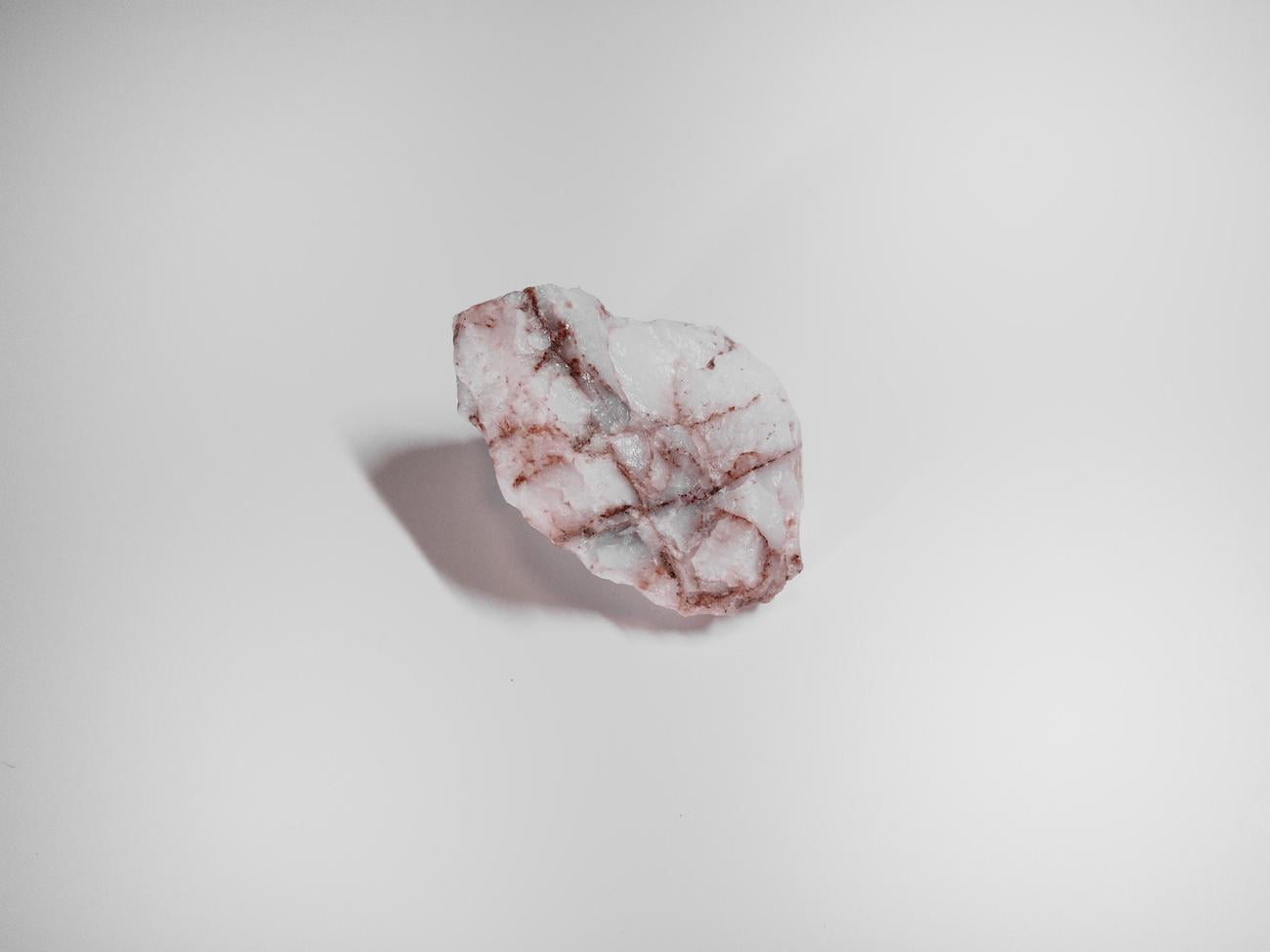
FAQ
How are diamonds formed?
Diamonds are formed deep within the Earth’s mantle, where extreme heat and pressure cause carbon atoms to crystallize into the hardest natural substance known on Earth.
What is the mineral composition of rubies?
Rubies are formed from a mineral called corundum, which is composed of aluminum oxide. The presence of trace elements such as chromium gives rubies their vibrant red color.
What are emeralds made of?
Emeralds are made of a mineral called beryl, which has a complex chemical formula consisting of beryllium, aluminum, silicon, and oxygen. The presence of trace elements, such as chromium and vanadium, contributes to the green color of emeralds.
How old are gemstones?
Gemstones were formed on Earth millions to billions of years ago, through geological processes that involved the crystallization and transformation of minerals over long periods of time.
How are pearls formed?
Unlike other gemstones, pearls are not mineral-based. They are formed through an organic process in saltwater. Pearls are created when a foreign object, such as a grain of sand, enters an oyster or mollusk and triggers the secretion of nacre, a smooth substance that gradually coats the irritant and forms layers, resulting in a pearl.
- Unveiling Bernhard Caesar Einstein’s Scientific Achievements: A Legacy in Engineering - July 15, 2025
- Uncover who is Jerry McSorley: CEO, Family Man, Business Success Story - July 15, 2025
- Discover Bernhard Caesar Einstein’s Scientific Contributions: Unveiling a Legacy Beyond Einstein - July 15, 2025
